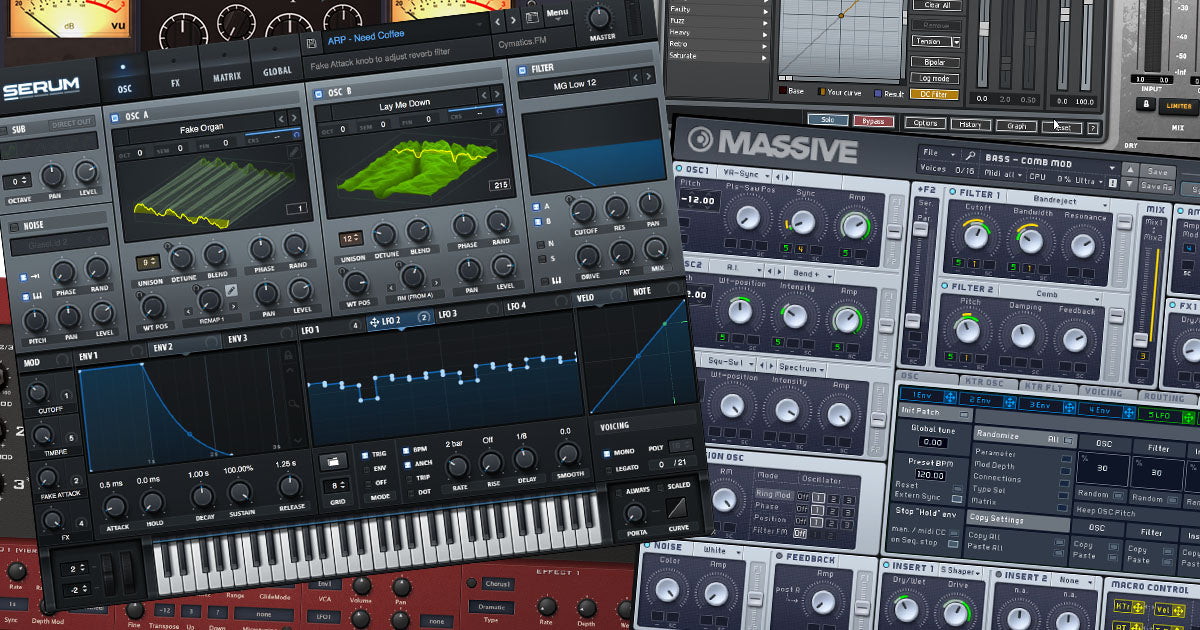Tokyo Dawn Records name, logo and graphics file that represents 'TDR SlickEQ - Mastering' shall not be used in any way to promote products developed with 'TDR SlickEQ - Mastering'. Tokyo Dawn Records retains sole and exclusive ownership of all right, title and interest in and to 'TDR SlickEQ - Mastering' and all Intellectual Property rights. Dec 28, 2017 I've been using Tokyo Dawn Record's 'SlickEQ Mastering' for mastering lately and one of the features I really enjoy is the fact that the plugin saves both A/B states between DAW sessions. I noticed that none of the Fabfilter's do this - any reason why not? It would be really handy actually. Also: Any plans to allow Pro-Q2 to go below 10hz?

Toyko Dawn Slick Eq M Vs Dmg Equilibrium 3


- Sound Quality
- Ease of use
- Features
- Bang for buck
- Overall:
Tokyo Dawn Slickeq M Vs Dmg Equilibrium Review
Upfront, i work semi-professionally, almost all ITB. My primary EQ is DMG Equilibrium, which I love and have reviewed here.
Slick Eq is a free plugin, the result of a collaboration between Tokyo Dawn Labs, which makes the excellent Feedback Compressor; Vladg sound, which makes the really characterful Molot compressor and Limiter #6, and Variety of Sound, which makes well regarded plugins I've never been ale to use because they are not mac-friendly. 'Free' will probably scare some people off, but that would be a big mistake. It's simple to use, sounds great, and is extremely effective as a 'shaping' eq rather than a surgical eq. I gave it a three for features because it doesn't have a lot of features. But the features it has are effective and practical
Slick Eq come with three bands, plus a Hi pass filter. The two low bands can be engaged as either shelves or bells. There is no 'Q' adjustment. The mid band can be adjusted for frequency and gain--once again, no 'Q.'
You have some control over the 'Q' in that each of the three bands can be activated to four 'flavors,' labeled 'American,' 'British,' 'Soviet' and 'German.' Each 'flavor' or mode has a different set of curve shapes. You can see these in the manual that comes with the plugin--I've been preferring to just use my ears. So you can shape the tone as you like, then quickly switch through the different modes to see if one works better. The plugin 'faceplate' changes color when you switch modes.
They aren't emulations of hardware though, so 'british' doesn't mean 'neve,' American doesn't mean API. TDR labs swears they don't mean anything.
In each mode you can engage a saturation button, and then choose four levels of saturation. 'linear' is basically none, there's also 'silky, 'mellow' and 'deep.' Each sounds a little bit different, but they are subtle and not adjustable. They have the effect of adding a degree of 'dimension' or depth to the sound.
The most marvelous feature, to my mind, is the 'autogain' feature. So normally if I boost, say, 500 hz on a guitar track by 3 Db., the track gets louder. If I'm paying attention, I have to bring the track back down to get it to the level it was before. Similarly cutting frequencies will reduce the overall level of the track, and you need to boost to compensate. Sometimes you want that, but often it's easy to mistake changes in volume for improvements. Slick EQ tries to keep the overall gain at the same level,l so you are only paying attention to the balance of frequencies in the signal.
So let's say the guitar track is peaking at -18. With most EQs, If you boost 500 hz by 4 Db the track might now peak at -16. You need to adjust the gain to keep the mix balanced. Slick eq does this for you--If I boost the mid by 4 db, it keeps the level peaking at -18, where I had it originally.
This is just extremely useful and a great improvement in workflow. It lets you concentrate on the eq balance alone rather than simultaneously balancing volume and eq. If you're skeptical, try it out. It's free. And of course, you can switch 'auto gain' off.
This is a great eq for 'ears only' mixing, because it gives you little visual information. It's a really terrific for fitting the pieces of a mix together, because you can tweak frequencies without changing volume. It sounds great--the high end is very sweet, with no aliasing or harshness. The saturation is subtle but gives the tracks a little more depth.
I know there is a certain set of people for whom free equals bad, but all you have to do is try this to see that it's a really useful EQ tool. The autogain feature ought to be standard on every digital eq, it's that useful